The surname Čop is of Romansh origin and means ‘fur coat’. It was almost certainly brought to this region by immigrants from the north of Italy or Switzerland. Matija spelled his surname Zhóp, but it is often mispronounced as the ‘o’ is narrow and not wide open.
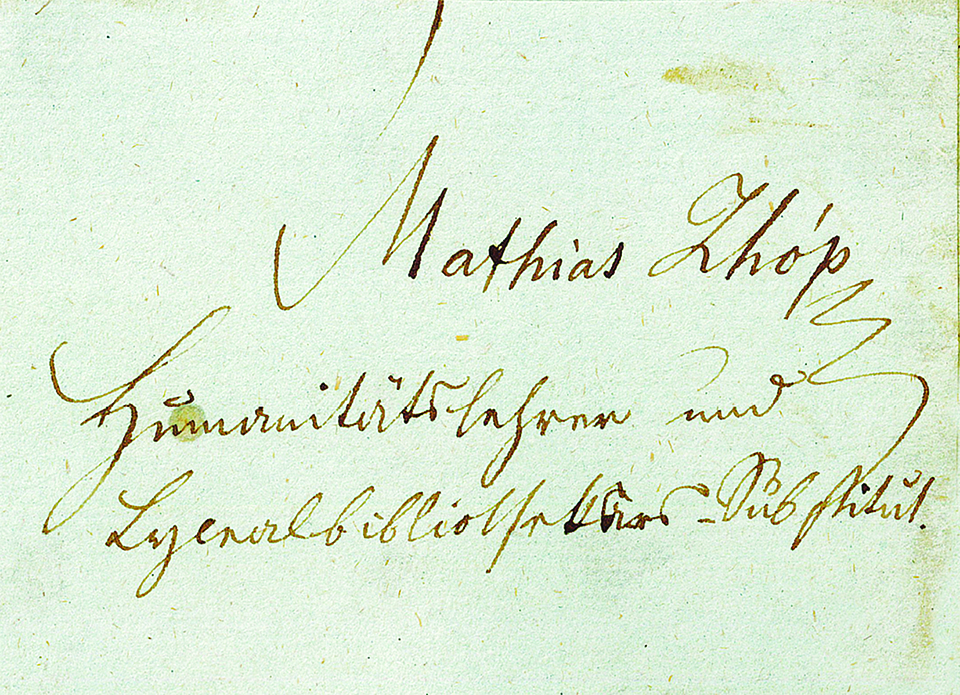
Matija Čop's signature – Mathias Zhóp
Janez Krstnik Kersnik, young Matija Čop's teacher, was the grandfather of the writer Janko Kersnik, who was known for his works Rokovnjači, Ciklamen, Jara gospoda and Kmetska slike.
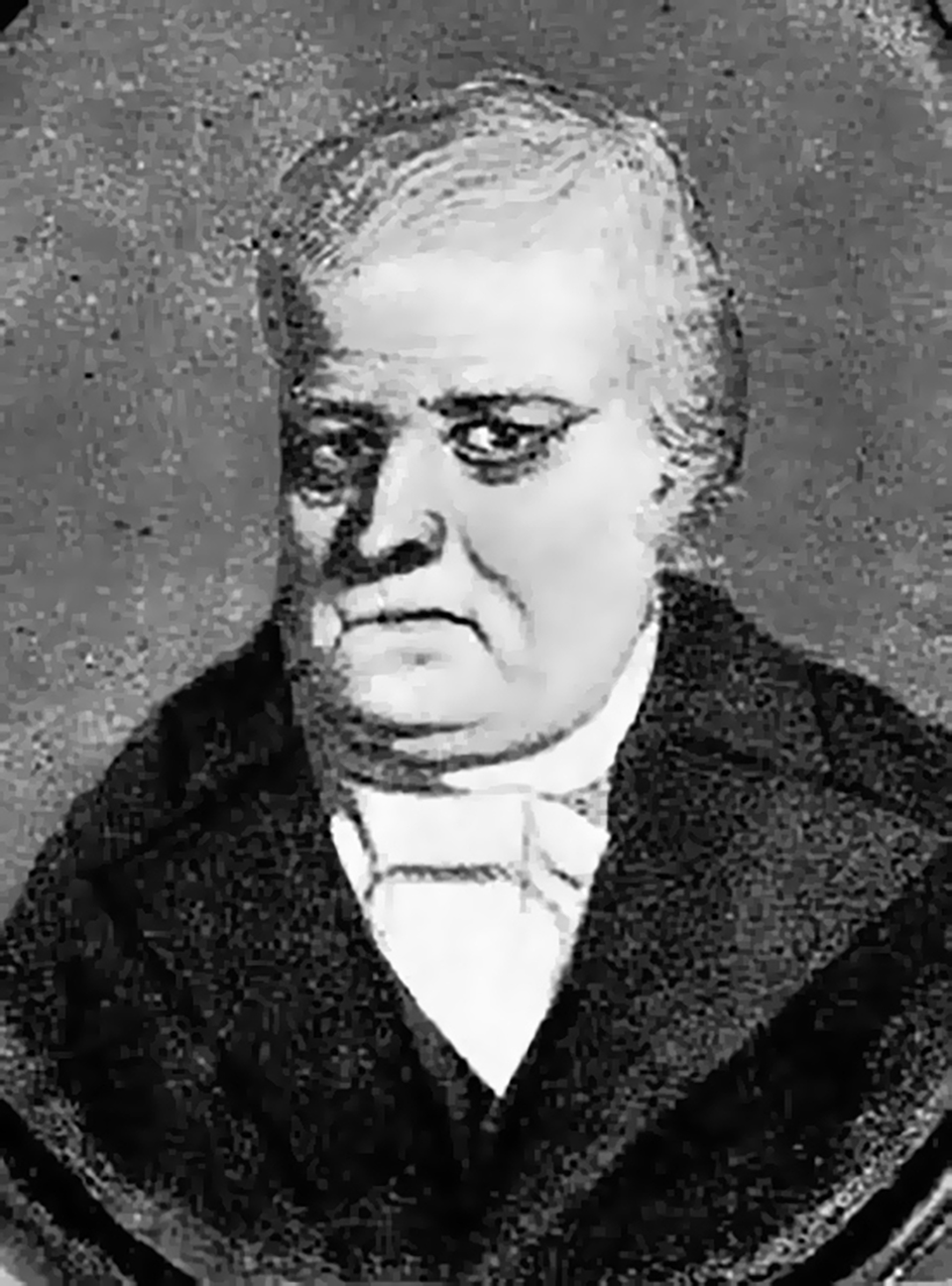
Matija's teacher, professor Janez Krstnik Kersnik, Janko Kersnik's grandfather
Matija Čop was an enthusiastic traveller, which was rather unusual at that time. He went travelling every year, and whilst travelling spent most of his money on books. He is known to have written:
’I live only for myself and for (my) books.’

Stanislav Skarbek, Lviv, 1900

Rudolf von Alt, Vienna, 1831
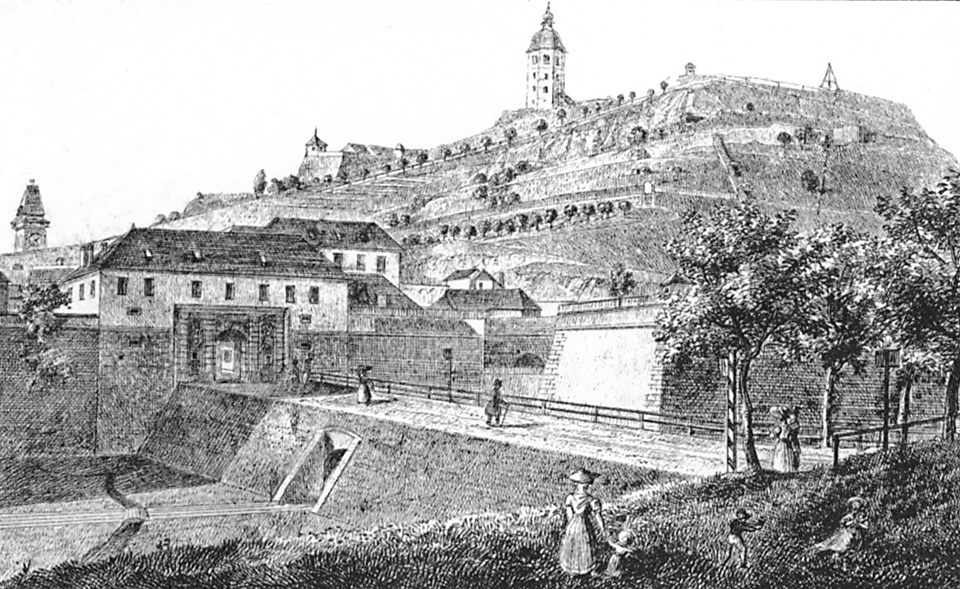
Lithography by J. F. Kaiser, Gradec, 1830
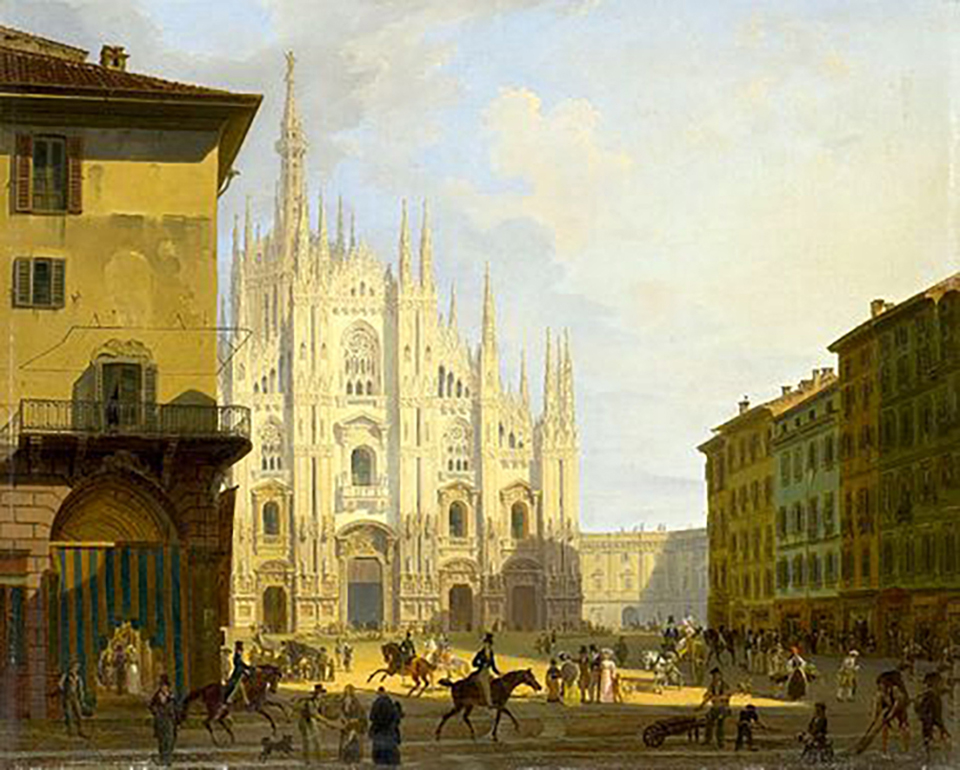
Giovanni Migliara, Milan, 1819/1828
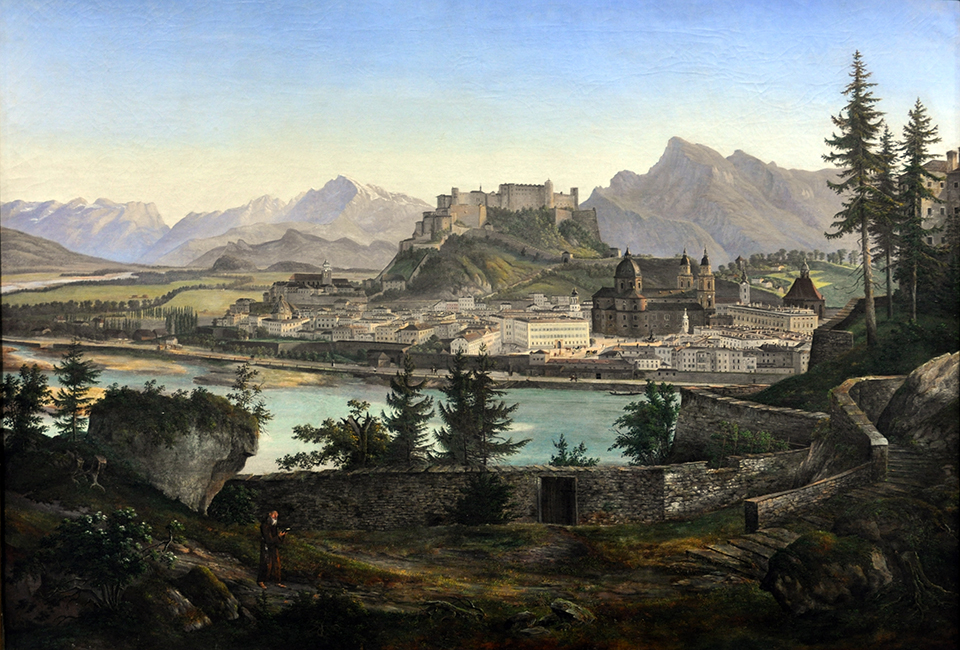
Anton Reiffenstuhl, Salzburg, 1830
Did you know that until the late 18th century, carriages travelled at an average speed of about eight kilometres per hour, and covered 97 to 113 kilometres a day on average?
The Ljubljana Lyceum stood on what is today Vodnik Square (Vodnikov trg). The former monastery was turned into a lyceum for and secondary school and college education, a library and a regional museum. Lyceums were scientific and educational institutions, however, they did not award academic titles like universities. The Ljubljana Lyceum included the study of philosophy and provided the basis for university studies, while also including the study of theology and medico-surgery. The Lyceum was abolished in 1848 with only the study of theology remaining.
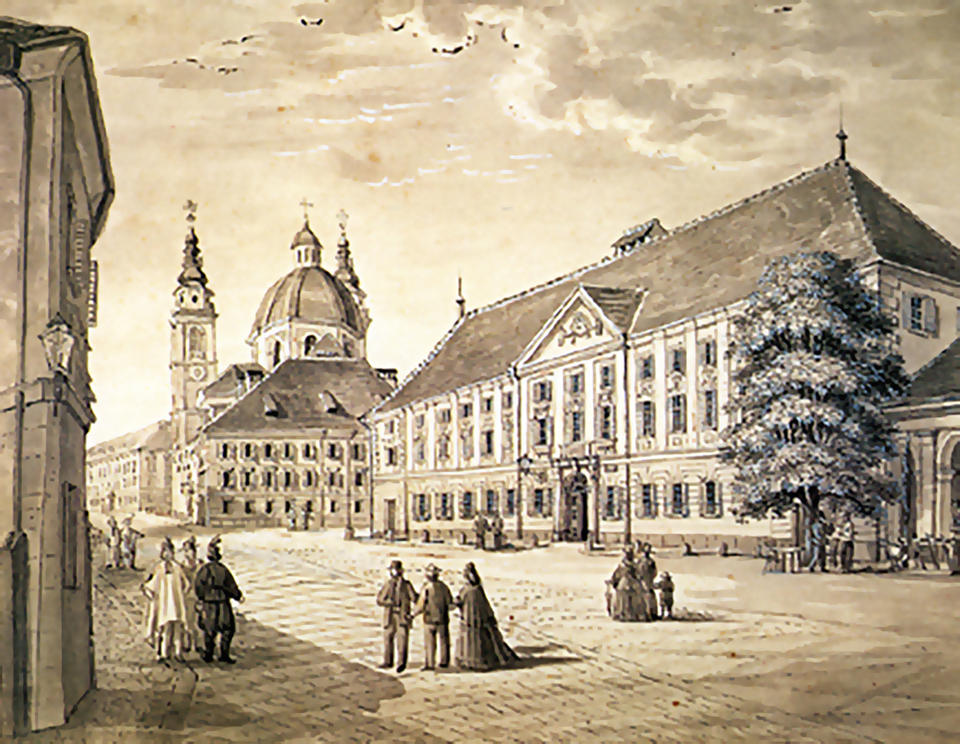
The Ljubljana Lyceum building, which was destroyed in the 1895 earthquake. Gouache by Franz Kurz zum Thurn und Goldenstein, dating from the second half of the 19th century.
The Slovenian Alphabet War was an orthographic, linguistic and cultural/literary controversy that took place from 1831 to 1833. It was a battle between two groups of educated people, who each defended their own way of writing and view of the Slovenian language and literature. In his Slovene grammar work, published in 1809, Jernej Kopitar wrote that Slovenes and Slavs needed an orthography reformed according to the principle of ‘the number of sounds should equal the number of letters’. In this spirit, Peter Dajnko proposed a way of writing called the Dajnko alphabet, while Franc Metelko proposed the Metelko alphabet. The Alphabet War dispute broke out between the advocates of the Metelko alphabet with Kopitar and Metelko at the helm, as well as the free-thinking Čop, with Prešeren and like-minded people on the other side. Čop's circle opposed the introduction of the Metelko alphabet and Kopitar's opinion that Slovenian is the language of simple people. By holding expert discussions, in 1933 Cop significantly contributed to ending the dispute with the banning of the Metelko alphabet. The Bohorič alphabet remained, which was superseceded by Gaj's Latin alphabet in the mid-19th century.
Metelko alphabet:
irovniƞa
Dajnko alphabet:
Xirovnica
Bohorič alphabet:
Shirovniza
Gaj alphabet:
Žirovnica
Examples of writing